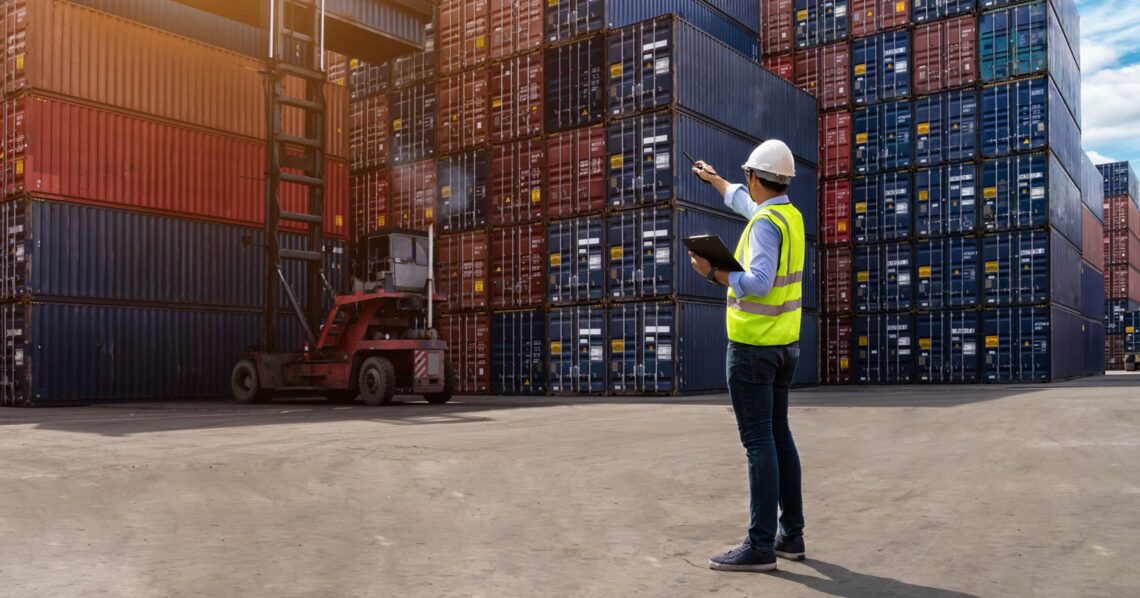The Future of the Electronic Supply Chain: How Can Organizations Build True Resilience in an Unstable World?
In recent years, supply chain challenges have become the new norm. From the semiconductor shortage crisis, to global shipping delays, to production line disruptions due to discontinued or counterfeit components, technology and industrial organizations are in a constant race to ensure their continuity.
Amid this reality, companies no longer need just a component distributor, but a strategic partner capable of enabling them to overcome obstacles with an intelligent, resilient, and adaptable infrastructure to market fluctuations.
1. Component scarcity is not just a technical issue, but a full-blown operational crisis.
Engineering procurement teams often face a “loop break” situation when key components cease to be available, whether due to manufacturer production halts, market disruptions, or a sudden surge in global demand.
When an entire project is disrupted by a single missing part, the losses are not just in time, but also in:
Loss of contracts and market opportunities
Disruption of the production line or final product schedule
Loss of customer and investor confidence
This is where partnering with a company that can secure alternative sources or access discontinued components without sacrificing quality or compliance becomes crucial.
2. Counterfeit Components: The Silent Enemy in the Supply Chain
With increasing pressure on supply lines, counterfeiting has crept into the heart of the industry. Non-genuine components not only reduce product quality but also pose a security and engineering risk, especially in sensitive sectors such as:
Aerospace and Defense
Medical Devices
Industrial Control Systems
Telecommunications Infrastructure
Therefore, it is essential to work with a company with certified inspection capabilities, qualified testing teams, and strict certification standards that ensure the authenticity of every part before it enters the production line.
3. Smart Solutions: From Responsiveness to Prediction
Today’s advanced companies no longer wait for a crisis to occur to react. Rather, they are moving toward proactive solutions based on:
Artificial intelligence and data analytics to predict demand and disruption risks
Distributed warehousing systems to reduce reliance on a single location
Personalized scheduling and supply programs that ensure inventory availability according to the production schedule
Forward-looking or long-term purchasing agreements to protect prices and availability
This shift from “reactive” to “proactive” requires a partner with the technology and logistics infrastructure to seamlessly deliver these services.
4. When the Supply Chain Becomes a Competitive Advantage
Companies that successfully transform supply chains from a burden to a growth engine are those that invest in their relationships with their partners—not just through bulk purchasing, but by building a comprehensive support environment that includes:
Industry-tailored risk management
Support for long-term plans (LTAs)
Solutions to reduce total cost of ownership (TCO)
Regular performance and compliance reporting
Ultimately, an intelligent supply chain is not just a service; it’s a strategic tool for achieving leadership.
Conclusion: It’s not the strongest who survive, but the most adaptable.
In an era of increasingly fragile markets and rapid change, it’s not enough to have a good product. You must also have the ability to deliver it on time, with the required quality, and at the pace dictated by global competition.
Here, partnering with an integrated solutions provider in the field of electronic components—one with the expertise, infrastructure, and advanced verification systems—becomes an indispensable necessity in the battle for sustainability and profitability.

